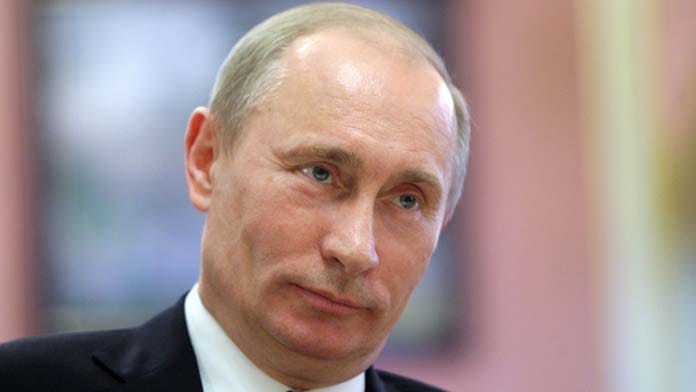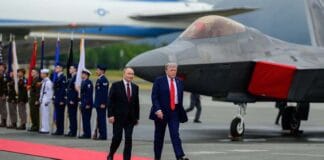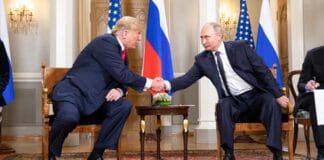Despite Donald Trump’s campaign promise to end the Ukraine War on “day one” of his presidency, his hopes of a peace deal have so far come to nothing.
Russian President Vladimir Putin remains aggressively committed to continuing the war, claiming that Russia is close to “finishing off” the Ukrainian military.
Russia now has the upper hand in the war and thinks that Ukraine’s position will weaken further without ongoing support from the US.
It has continued to launch murderous drone strikes on Ukrainian cities. Putin has avoided a ceasefire, even suggesting that Ukrainian President Volodymyr Zelensky might have to be replaced before there could be peace.
Trump’s actions over Ukraine are not a result of him acting as “Putin’s puppet”, as the liberal media implies. He is frustrated with Putin’s refusal to accept a ceasefire, telling NBC news last month that he was “very angry” with Putin, and threatening to impose tariffs on any country buying Russian oil. He later declared that “Russia has to get moving”.
Trump’s aim is to get the US out of a war he sees as a waste of time and to extract deals for the benefit of the US—with both Putin and Ukraine. He also wants to prioritise the US challenge to China.
Putin and Trump both have an interest in looting Ukraine, even if they cannot come to an agreement about how Ukraine should be carved up between them.
The US’s continued insistence on a minerals deal with Ukraine makes blatant how crude and predatory American interests really are. The proposed deal would see America gain sweeping control over Ukraine’s natural resources through a joint investment fund.
The fund would control half of all income from Ukraine’s resources including rare earth metals, oil and gas and associated infrastructure. American appointees would have the deciding vote in the fund’s investment decisions.
The US would also have the right to all profits and a 4 per cent annual return until they recover their total military and financial investment in Ukraine since the Russian invasion (about $200 billion).
Proxy war
Ukraine’s dependence on the US for military and financial aid means it will accept whatever Trump demands.
New reporting from the New York Times has made clear just how much the war has been a proxy war between NATO and Russia. The US military has essentially controlled Ukraine’s strategy and tactics since the Russian invasion.
The US was closely involved in planning military operations, with Ukraine relying heavily on intelligence and targeting information from the US. It provided crucial weaponry such as the HIMARS artillery system on the condition Ukraine would strike only targets provided by the US military.
Although Trump’s public humiliation of Zelensky in the White House was a shocking departure from diplomatic decorum, it made clear exactly which state was in control.
With the Trump administration unwilling to approve further military aid to Ukraine, and threatening not to defend Europe unless it takes on a greater share of NATO defence spending, European countries have responded with a massive increase in arms spending.
European leaders have argued that the possibility of further Russian expansion, as well as the steady rise of China, makes this urgent. Last month, European leaders met in Brussels to agree on a $1.45 trillion plan to increase EU defence spending. Shortly after, the German parliament voted to amend their constitution to pass a massive defence spending plan, worth up to $1.7 trillion.
The UK, too, has vowed to greatly increase spending. Labour Prime Minister Keir Starmer has promised that his government will “begin the biggest sustained increase in defence spending since the end of the Cold War”, increasing its military budget to 2.5 per cent of its GDP by 2027.
This spending is not about defence but about ensuring the wealthy European powers can dominate the economies of southern and Eastern Europe.
The Ukraine War is a product of this imperialist competition. Both Russia and the West want influence over Eastern Europe, competing both economically and militarily to control its markets and industries.
These increases in defence spending will promote a never-ending arms race, a vicious cycle which brings the prospect of a major war closer and closer.
The trillions being wasted on weapons also divert resources away from welfare and services. The British government is already cutting disability benefits to afford to boost arms spending.
The logic of capitalism prioritises the maintenance of profits through wholesale slaughter over the needs of the vast majority of people. We have to reject their push for more spending on weapons and war.
By Jacob Starling






